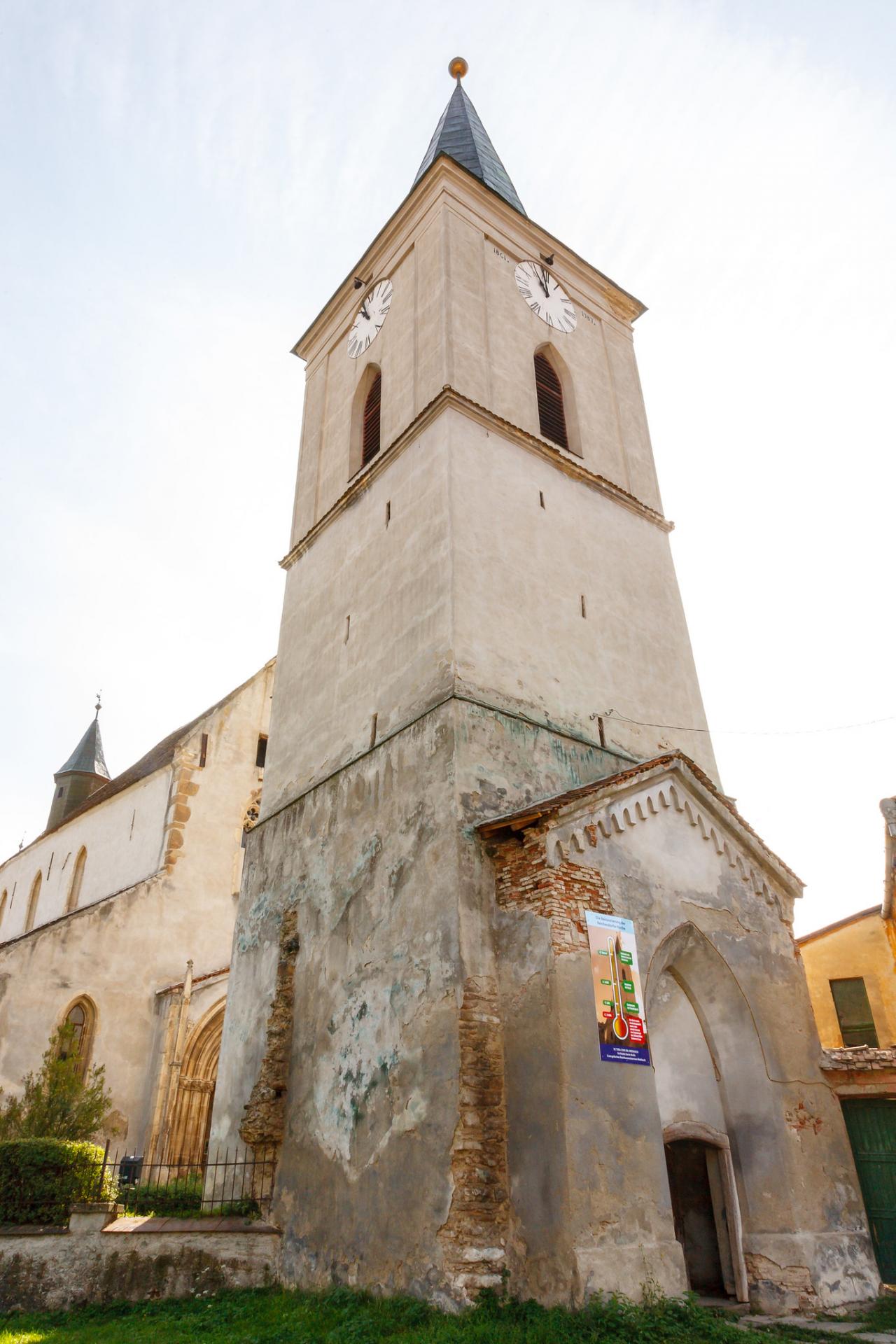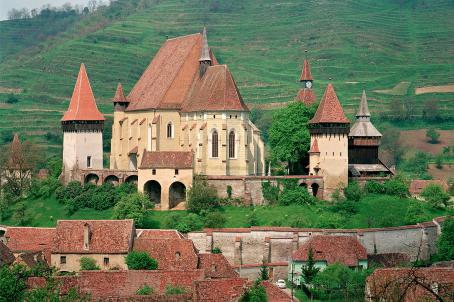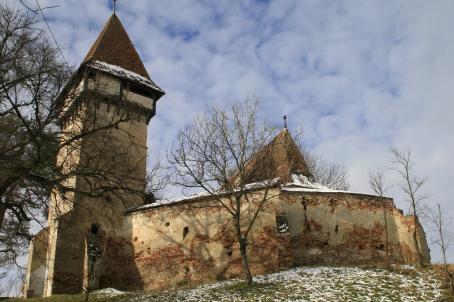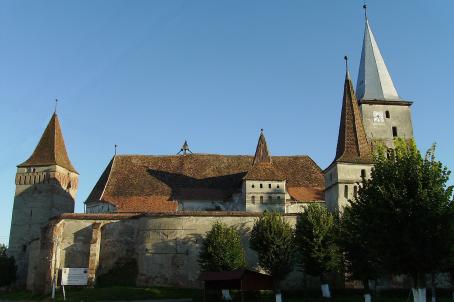Richiş Fortified Church
The Evangelic church in Richiş is a special appearance in the landscape of Transylvanian fortified churches, maybe also due to the fact that for a long time a monastic order resided here. During the Protestant reformation, the monks were banished by the villagers, thus being forced to leave the church to the community.
The three aisles tower-less basilica was built in the 14th century and was protected with a curtain wall with two defensive towers and battlement walk. It stands out from other similar village churches due to its rich decorations: the funnel-shaped western portal, the pillars and columns with capitals supporting the ribs of the vaults, the keystones decorated with masks, the tracery of the mullioned windows. The doubled triumphal arch testifies that a tower was initially planned to be erected here.
About this building
For more information visit on this building visit https://kirchenburgen.org/en/location/reichesdorf-richis/






